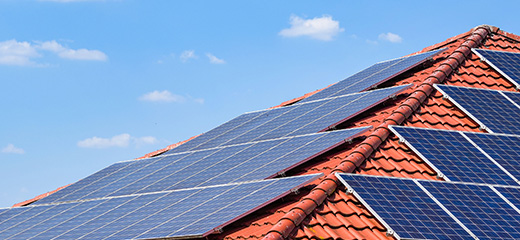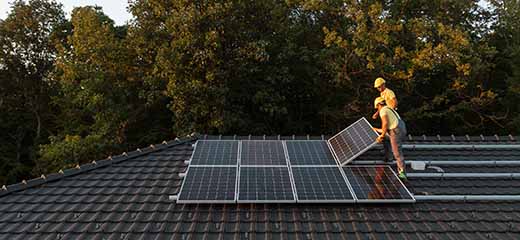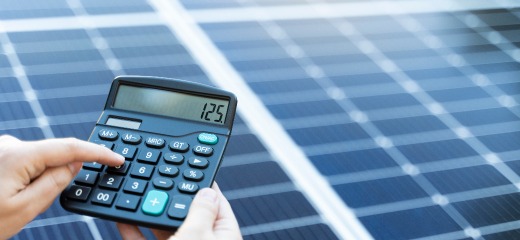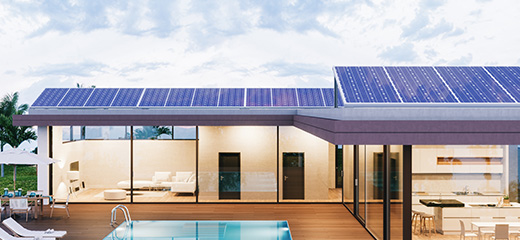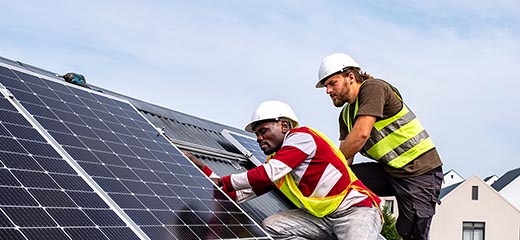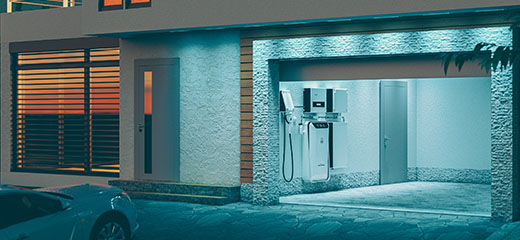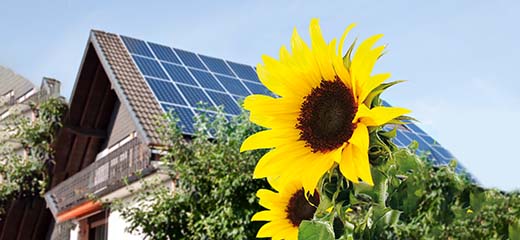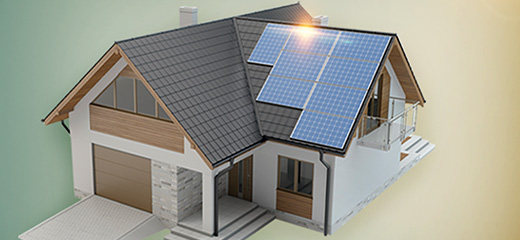
Home solar: Why your roof direction matters
As load shedding and power outages persist, many homeowners are turning to rooftop solar installations to secure their power supply and avoid rising electricity costs. However, not all roofs are equal when it comes to solar efficiency.
LookSee's executive head, Marc du Plessis, explains that the direction in which the various sides of a roof face can significantly impact the effectiveness and efficiency of a solar system.
To help homeowners make informed decisions about their solar journey, Standard Bank's home management platform, LookSee.co.za, has developed South Africa's first free online Solar Score for residential properties. The Solar Score helps homeowners understand the generation potential of their roofs and determine if their roof is suitable for a solar panel installation.
Sun facing
In the southern hemisphere, northerly-facing roofs are generally the best place to install solar panels as they capture sunlight throughout the day which maximises power generation. Southerly-facing roofs are not considered to be optimal for solar panels as they only receive direct sunlight during the midday hours.
East and west-facing roofs can also generate electricity but will not be able to take advantage of all the daylight hours as the sun travels across the sky. Although the generation potential is limited in these situations, South Africa’s high levels of radiant power from sunlight means that houses with east or west facing roofs can often still produce enough electricity for a large portion of the household’s power needs.
Flat roofs, on the other hand, allow for more flexibility in choosing the direction and angle solar panels are installed, however homeowners should bear in mind that their solar solution will come at a higher cost as supporting structures will be required.
Solar Score
The LookSee Solar Score is a free and easy-to-use system that takes the guesswork out of figuring out what your home could expect from a solar system installation.
All it needs is a physical address to generate a 3D grid of the house and analyse this against various factors that influence the generation potential of solar panels. This includes roof direction; available roof area on optimal panes and slope; radiant power from sunlight; and shady conditions.
Once analysis is complete, users are given valuable insights such as the home’s overall Solar Score, usable roof area; average days of sunlight; the amount of kilo-watt hours that could be generated over an average day, month and year; and the savings you could see on your electricity bill.
“This speedy analysis enables households to see what they can expect from a solar installation on their specific property. LookSee also offers a free Home Power Analysis that helps households understand how much of their current electricity usage could be replaced with solar power. Armed with information about their property and electricity needs, households can then make educated decisions about the best solar journey for their needs and budget,” says du Plessis.
LookSee's Solar Score currently covers freestanding homes in most cities across the country. Efforts are underway to expand the coverage to include all towns and cities in South Africa and include sectional title properties.
To see the Solar Score's coverage map, click here.
The LookSee Solar Score provides insights into your roof’s potential to generate electricity and save money.
